Dubai is a like a dice with several faces, not all are as famous as the ones with the shiny skyscrapers and never-ending luxury.
Over a hundred years ago, nobody could have foreseen that the roughly sixty houses built on the banks of the creek would become what it is today.
The old settlement that was later to be known as Dubai was then called Al Bastakiya or “Iranian Place”, due to the fact that many of its early dwellers came from the Persian region. Today their mark can still be seen on Bastakiya’s houses, many of which display malgaf or wind towers, a typically Iranian architectural feature, used to naturally ventilate and cool off buildings, along with qanaf or underground fresh water deposits.
No more than a few decades ago, the now so-called Venice of the Gulf was just a
small port town living off the trade of gold, pearls, textiles and spices.
With the discovery of oil in the 60s, the population of Bastakiya grew exponentially. Ironically, this feat also marked the starting point of an era of decadence and abandonment for the area.
With the influx of oil money, the now wealthy Emiratis started moving by the thousands to the newly built, bigger and more luxurious residential areas away from the center.
The Dubai we all know had been born.
As Dubai grew, Bastakiya’s population, reputation and conservation state started to the decline to the point that, by the end of the 70s, over half of the district was demolished to make room for a new administrative development. The buildings in the part of the Old Town that was kept were used as warehouses and immigration centers to house the constant influx of Arab and Asian workers.
By the 90s, the local government decided to wipe Bastakiya out entirely. It was only saved by the intervention of the British Government.
In 2005, the local authorities started an effort to regenerate, rebuilt and refurbish many of the buildings in the Old Town, including the Old Textile Souk.
Bastakiya Attractions
Dubai’s Old Quarter houses a few attractions and interesting places to keep you busy for at least half a day. So it’s definitely worth to forget about the confort of the shopping malls for a few hours and come down to experience a more real taste of what an Arab city is like.
This is a small compilation of what to see in Bastakiya, Dubai:
Old Textile Souk
Also known as Old Souk or Bur Dubai Souk. It was recently renovated and restored to capture the evocative atmosphere typical to Oriental bazaars.
It boasts several textile, clothing tailor shops, as well as many jewelry and gold stores.

The streets around it are also full with shops that cater for a local (ish) crowd.
Recommended: Don’t miss out on the best areat to stay in Dubai. From budget options to top-notch luxury stays.
Dubai Grand Mosque
It’s located next to the Dubai Museum, its 70 meters minaret is the tallest in the city. It looks older, but it was actually built in 1998 based on the original mosque that stood at the same place circa 1900. In old times, the Great Mosque was also the seat of Dubai’s kuttab, religious school where children learned the Quran.
It is, in principle, off-limits to non-Muslims, but it is possible to sneak inside. The interior is actually nothing special, but it is interesting to see the contrast between this mosque in the “poor side of town” and the “rich” one in Jumeirah.
Dubai Creek
One of the few outdoor walking opportunities in Dubai that are actually enjoyable, preferably at dusk to avoid the scorching desert heat.
Along Dubai Creek, there’s a sort of river promenade with amazing views of Deira (the neighborhood on the other side).
At night, it becomes an important leisure area with many boat-restaurants.
Dubai Museum
Next to the old souk stands Al Fahidi Fort, one of the oldest buildings in the city and home to the Dubai Museum. It was built in 1787 to serve as the residence for the governor and to protect the port. It was renovated in 1970 to house a museum showcasing the history of the city.
Inside you can see a reproduction of how life was in old Dubai. From the architecture, to customs, worldly occupations, games, clothing and religious life.
It also showcases the history of Dubai, displaying historical objects found in excavations and objects from its humble early port and trade city years until the oil boom from the 60s.



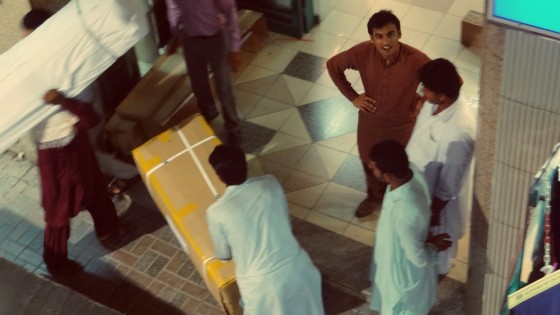
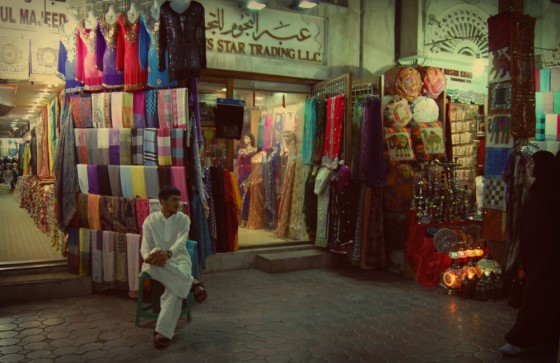
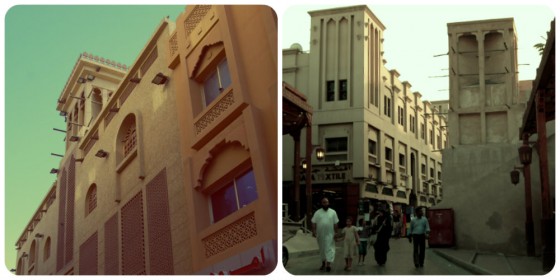
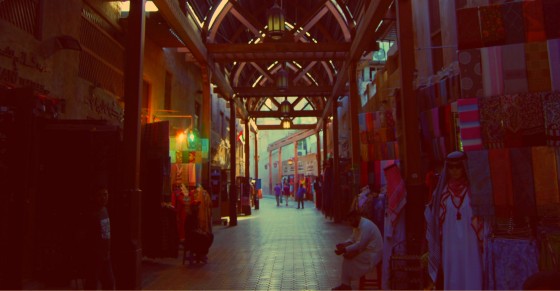
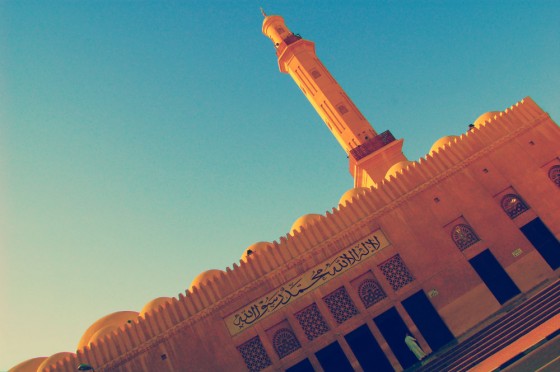

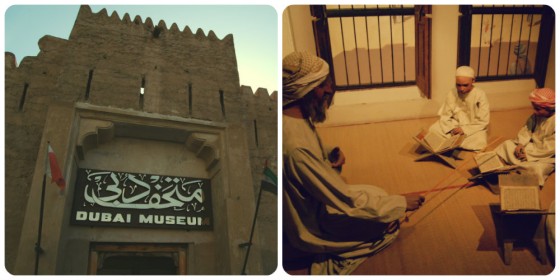
















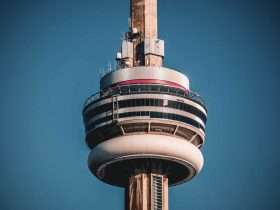
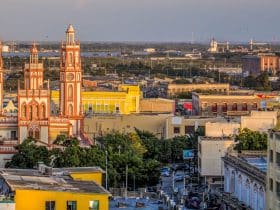
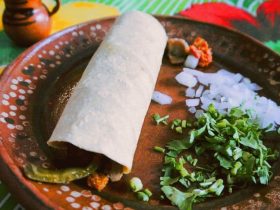
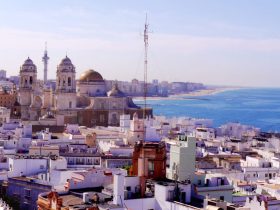
Leave a Reply
View Comments